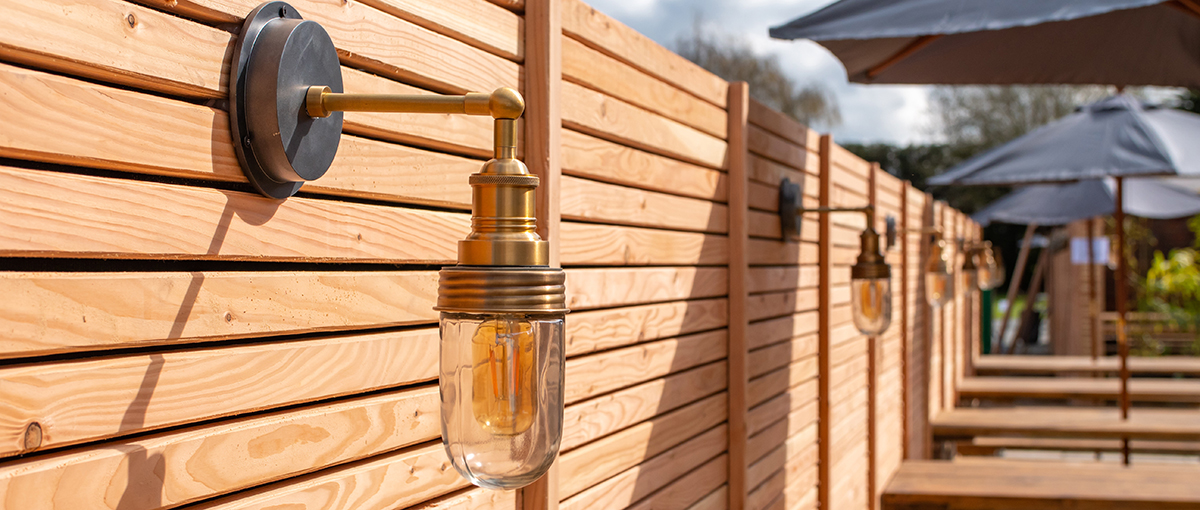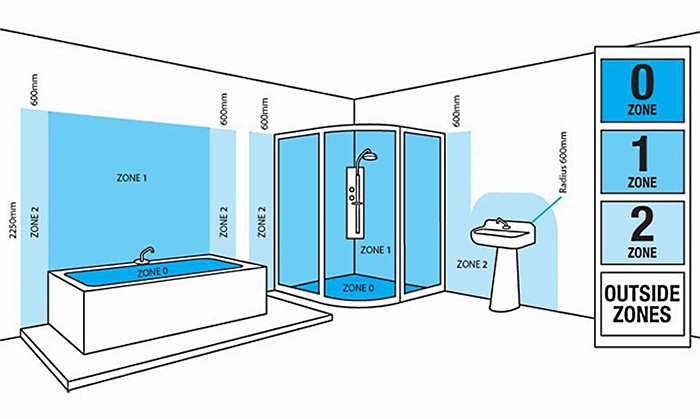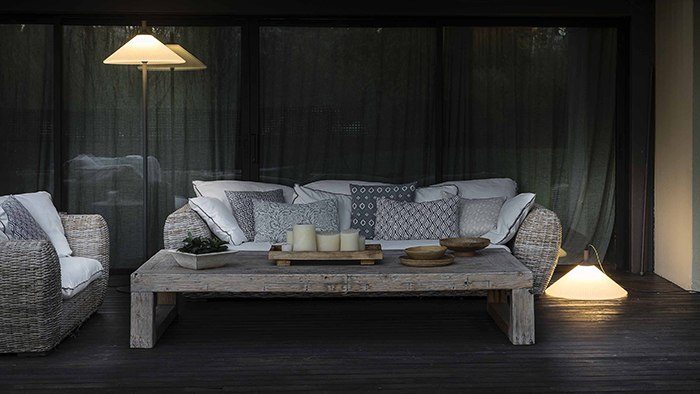
IP Ratings Explained
When you’re shopping for lighting, it’s easy to get overwhelmed by the number of choices and you may have noticed that many products will have an “IP” rating listed on the packaging. Standing for Ingress Protection (IP) Rating, this rating system will tell you how protected a light source is against dust and water incursion, which is crucial when you are looking for lighting fixtures that will be used both inside and outside your home. Let’s take a look at what IP Ratings mean so you can make an informed decision when choosing lighting for your home.
What are IP Ratings?
IP Ratings are used to measure the degree of protection provided to lighting against foreign bodies such as dust, dirt, and moisture. The higher the IP rating, the better protected a light fixture is from environmental factors like dust, water, oil, and other particles. There are two parts to an IP rating—the first digit indicates protection against solid objects such as dust or dirt; the second digit indicates protection against liquids and moisture such as water or oil as well as submersion.
In the simplest terms possible, an IP Rating is the grading of protection a light has against its surroundings.
Why are IP Ratings important?
IP Ratings can be extremely important when deciding on the lighting to use in areas where they will be vulnerable to damage via foreign objects including water damage. To ensure you don't waste your money on a light that could be damaged in the rain or other bad weather conditions, it is important to use a light that has a sufficient IP Rating and thus, protection.
IP Ratings for lighting in and around the home
Outdoor Lighting
The most common use of IP Ratings is with outdoor lighting. Exterior lighting should have a minimum IP Rating of 44, this rating means that it is completely protected from dust and low-pressure jets of water coming from any direction. If you are using a light fixture near a pool, fountain or other body of water, then it should have an even higher rating—an IP Rating of 65 will protect it from high-pressure jets of water coming from any direction while an IP68 rating will allow the light to be fully submerged.
It's important to note that the exact requirements for outdoor lighting installations may also vary based on factors such as the region or climate in which they're installed. For example, in coastal regions where there is a larger presence of saltwater, higher-rated IP lights should be used since saltwater has a corrosive effect on metal surfaces. Additionally, if the location has extreme weather conditions like snow or hail then robust fixtures with higher ratings should be used since they offer better protection against harsh elements.
Indoor Lighting
IP20 is the most commonly used rating for indoor lighting, as it offers protection from solid objects larger than 12mm such as fingers or tools. This rating is usually sufficient for indoor lights that will not be exposed to moisture, however, if the light fixture is located near a water source such as a kitchen sink or shower then it would be beneficial to use a higher-rated IP Rating in order to provide additional protection against splashes and sprays of water coming from any direction. An IP44 rating would be suitable for these situations and would protect the light from oblique sprays of water coming from any direction.
Bathroom Lighting
The level of protection required for bathroom lighting will depend on the location in which it is installed. Generally, an IP44 or above rating is recommended for areas with direct contact with water such as a shower or bathtub. This would provide protection against splashing and sprayed water from any direction. If the lighting is located away from sources of moisture and wetness, then a lower rating such as IP20 may be sufficient though we would still recommend using a higher IP Rated light due to the moisture that can disperse and remain in the room.
To put this in the perspective of bathroom zones, if the bathroom light fixtures are located in any of bathroom zones 0-2 (areas closer to direct contact with water like showers and bathtubs), then the lights need to have an IP44 rating or greater; while for zone 3 (areas away from sources of moisture and wetness) a lower rating such as IP20 may be sufficient. Nonetheless, it is still advisable to opt for a higher IP Rated light even when in zone 3 due to the presence of moisture that could disperse in the room.
For a simplified list of IP Ratings:
- IP00: No Protection
- IP20: Protected from Objects Greater than 12.5mm and Accidental Touch by Hands or Fingers
- IP22: Splash Proof from All Directions
- IP44: Protection from Oblique Sprays of Water From Any Direction
- IP54: Dust Resistant & Protected Against Light Splashes of Water From Any direction
- IP55/IP56/IP57/IP58: Protects Against Low-Pressure Jets, Powerful Water Projection and Submersion Respectively
- IP65/IP66/IP67/IP69K: Protects Against High-Pressure Jet, Powerful Water Projection and Total Immersion Up to a Specified Depth Respectively
Choosing the right lighting fixtures for your home doesn’t have to be difficult, having a basic understanding of what each IP Rating means can help you make an informed decision that best fits your needs. From outdoor lights with a high level of waterproof protection to indoor lights with just enough protection against dust and accidental contact or bathroom lights that serves as a mix of the two, there's something for everyone in terms of lighting options, all thanks to those helpful little numbers called Ingress Protection (IP) Ratings!



.jpeg)

